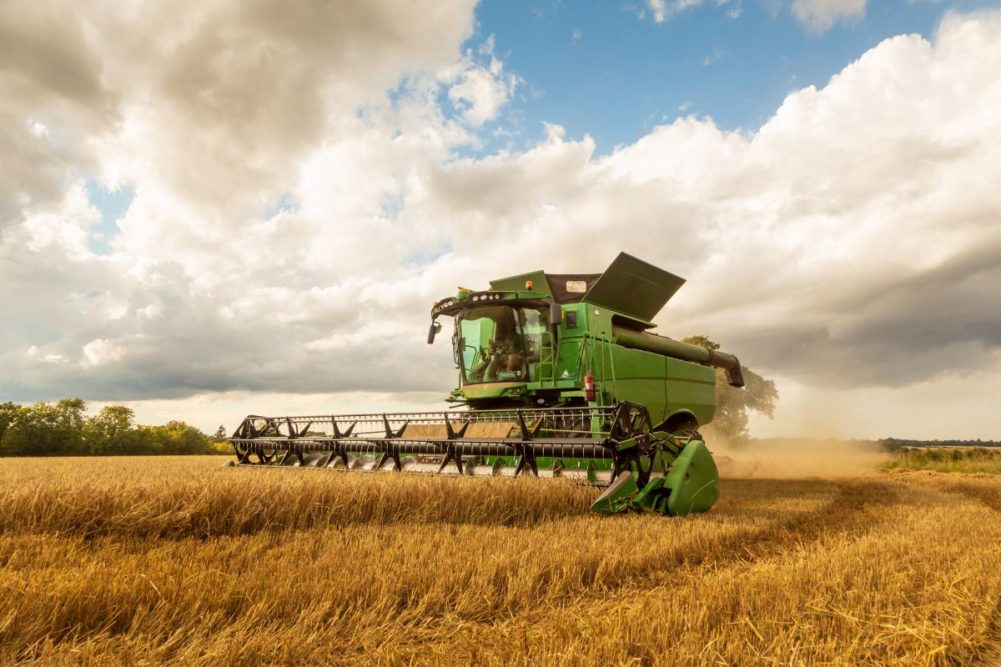ROLLE, SWITZERLAND — ADM calculated for the first time the emissions from the production of wheat in its UK supply chain and found it is well below the previously reported standard values.
The calculation, undertaken by ADM Milling, is one of the first led by a major food manufacturing company in the United Kingdom. ADM Milling UK Ltd., established in 1999, has a network of wheat flour mills across England, Wales and Scotland. National sales coverage via its own distribution fleet services all sectors of the bakery and food manufacturing sectors.
ADM partnered with about 50 farmers to collect data and calculate the carbon footprint of farms’ wheat production based on 25,000 tonnes of wheat harvested last summer, equating to 20 million 1 kg bags of flour milled by ADM and roughly 40 million loaves of 800-gram bread. Map of Ag was the data collection partner.
Emissions from the farmers is 302 kg CO2e/t (taking into account peat oxidation risk), well below the previously reported standard values for UK milling wheat, which typically fall around 420 kg CO2e/t.
In the next stage of the pilot project, data will be collected from the same group of farmers for the next two wheat harvests. This data will create a reliable baseline for the company and its customers to track changes, ADM said.
“This pilot marks another progressive step in ADM’s sustainability journey and long-term commitment to supporting farmers in our supply chain,” said Jonathan Lane, managing director, ADM Agriculture. “We want to keep taking steps to help farmers better understand their carbon footprint and reduce their GHG emissions, whilst producing food to feed the world."
Nitrogen fertilizer was responsible for the biggest proportion of emissions (on average 75%), ADM said. However other key sources of emissions included energy use (liquid/gaseous fuel and electricity) and crop residue (the breakdown of crop residues in field by natural processes).
The first set of data gives an early indication of the positive impact of adopting regenerative agricultural practices on reducing farming emissions, the company said.
ADM worked with farmers to reinforce the importance of regenerative agriculture methods; these included reduced tillage on the land, growing legumes in rotation to supply nutrients back to the soil and adding organic fertilizers like manure and digestates.
ADM has made the data available to farmers involved in the study so they can benchmark their carbon footprint against the wider group and has held a feedback session for farmers to discuss group results, explain trends and share insights on how certain regenerative agriculture methods can reduce their carbon footprint.
ADM also is looking to expand the program by incorporating additional acres of farmland that already are growing milling wheat, and the number of growers participating in the pilot.
“I have farmed my whole life and am deeply committed to looking after the land and environment so it can continue to provide a living for myself and for future generations,” said James Daw, a farmer from Staffordshire, who is participating in the pilot. “Fifteen years ago, I embarked on using regenerative agriculture methods to reduce my footprint and improve the health of my soil — from cover crops, to crop rotation. Now, I’m really excited to work with ADM, to measure the emissions that come from producing wheat on my farm and better understand what further steps I can take to improve my carbon footprint.”






